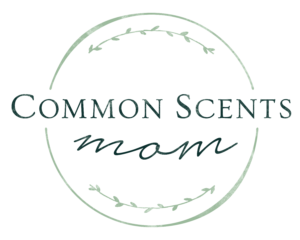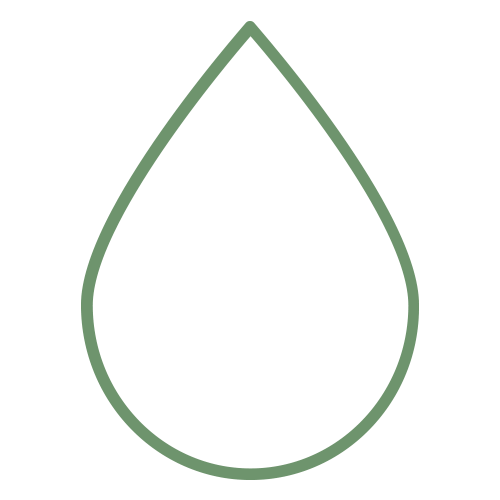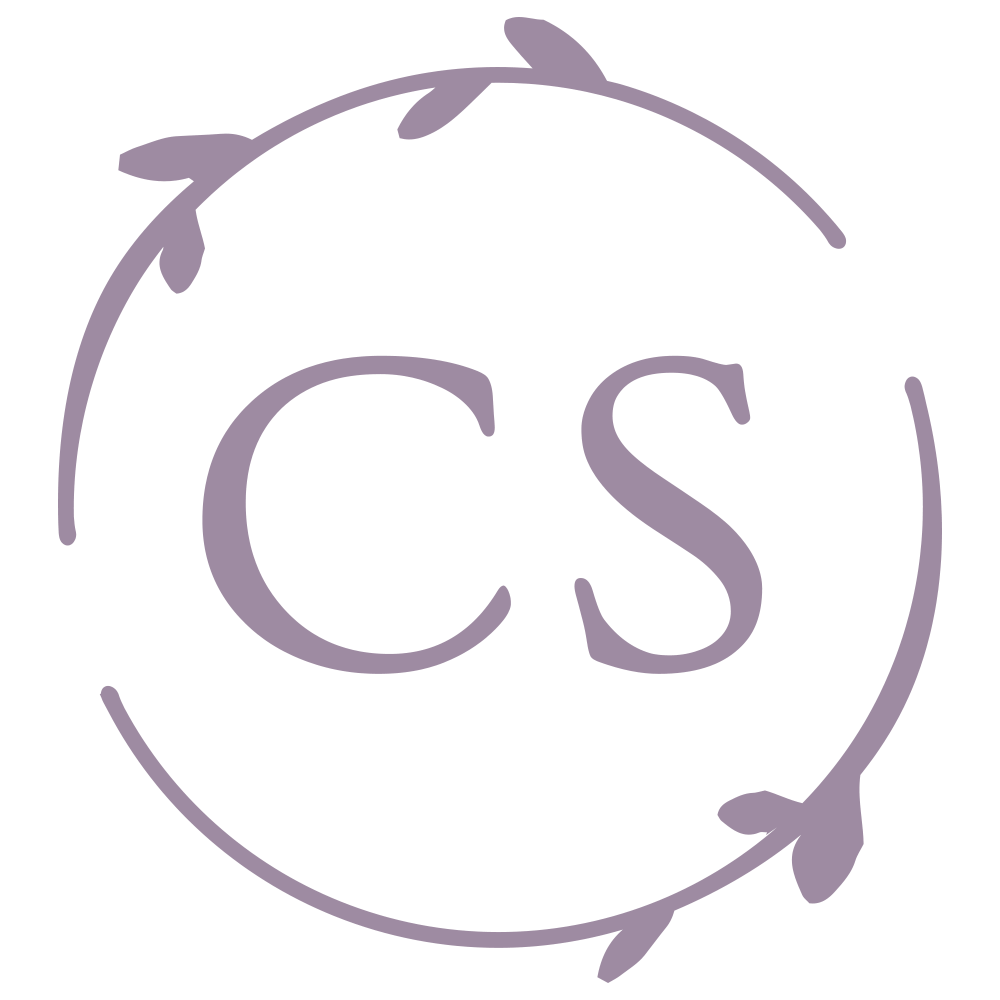Many experts are very concerned about the fact that some oils are adulterated, engineered, or “extended” with the use of synthetic chemicals. For instance, according to the Essential Oils Desk Reference:
“Pure frankincense is often extended with colorless, odorless, solvents such as diethylphthalate or dipropylene glycol…unfortunately, a large percentage of essential oils marketed in the United States fall in this adulterated category. When you understand the world of synthetic oils as well as low-grade oils cut with synthetic chemicals, you realize why unsuspecting people with their untrained noses don’t know the difference…
Anyone venturing into the world of therapy using essential oils must use the purest quality oils available. Inferior quality or adulterated oils most likely will not produce therapeutic results and could possibly be toxic.”
What do you mean by “Therapeutic Grade” essential oils and how important is it that we only use this category of Essential Oil?
Taken from the Bio/Tech News newsletter:
About 98% of essential oils produced in the world today are not intended for serious, therapeutic and/or medicinal use. Most are produced for the perfume, cosmetics, and food industries. Therefore, criteria like purity, potency, organic, etc. are not important for these uses.
Because the raw materials and the extraction process for Therapeutic Grade Essential Oils are so expensive, many oils on the market have been cut, diluted and adulterated in various ways. Sad to say, some marketers bottle these poor quality oils and sell them for therapeutic purposes to unsuspecting consumers.
A Therapeutic Grade Essential Oil is more than a “certified organic” oil. It is an oil that is complete in the makeup of its constituents, having the fragrance, frequency, and chemistry that are necessary to give it all of its unique, therapeutic qualities and effects.
As we have already mentioned above, a quality, Therapeutic Grade Essential Oil is chemically complex and all of its sometimes fragile components need to be present after distillation of the final product. This requires not only a lot of understanding of the makeup of the oil on the production side but also a great deal of time and expense to care for the proper species of plant.
To insure proper potency, plants should be grown on virgin land, uncontaminated by chemical fertilizers, pesticides, fungicides or herbicides and away from pollution sources. The plant materials must be kept free of petrochemical herbicides and pesticides, since these can react with the essential oil during distillation.
The soil should be conditioned with enzymes, trace minerals, and organic bio-solids, since plants lacking in certain minerals and nutrients yield oils low in therapeutic value. Irrigation should be done with reservoir, watershed or mountain stream water.
Plants need to be harvested at the proper time of the season to insure highest potency. Sometimes even a few hours can make the difference. For example, German Chamomile needs to be harvested in the morning since it then yields an oil with far more azulene than when it is harvested later in the day.
The steam distillation method of extracting the oils from the plants requires careful and proper low temperature and pressure monitoring. Too high of temperature or too much pressure can be deleterious to the fragile aromatic molecules of the plant. In addition, batch sizes need to be kept small and the distillation chamber must be made out of food-grade stainless steel instead of copper or aluminum to avoid reactions with the oils.
Producing pure, Therapeutic Grade Essential oils is a costly venture. The methods required are time-consuming and labor-intensive, and it often requires several hundred, sometimes even thousands of pounds of raw plant material to produce a single pound of essential oil. For example, it takes 5,000 pounds of rose petals to produce one pound of rose oil, and it takes three tons of Melissa to produce one pound of oil.”
Today, using gas chromatography (GC) and mass spectrometry (MS) analysis, the phytochemical profile of every batch of Young Living essential oils is measured to evaluate each specific plant compound. Certain plant compounds must meet or exceed specific levels to ensure the essential oil is natural, pure, and meets Young Living therapeutic-grade standards (learn more about quality ). Only then does Young Living guarantee the oil will provide the desired results and label it Young Living Therapeutic Grade™ (YLTG).
Young Living essential oils are:
- 100% pure
- Sourced only from known botanical species
- Sustainably grown and harvested
- Grown on chemical-free lands in carefully nourished soil (organic)
- Unmatched throughout the essential oils industry
- So pure and natural, they’re used and recommended by integrative health professionals around the world
Shop now for high quality, therapeutic grade essential oils: CLICK HERE



